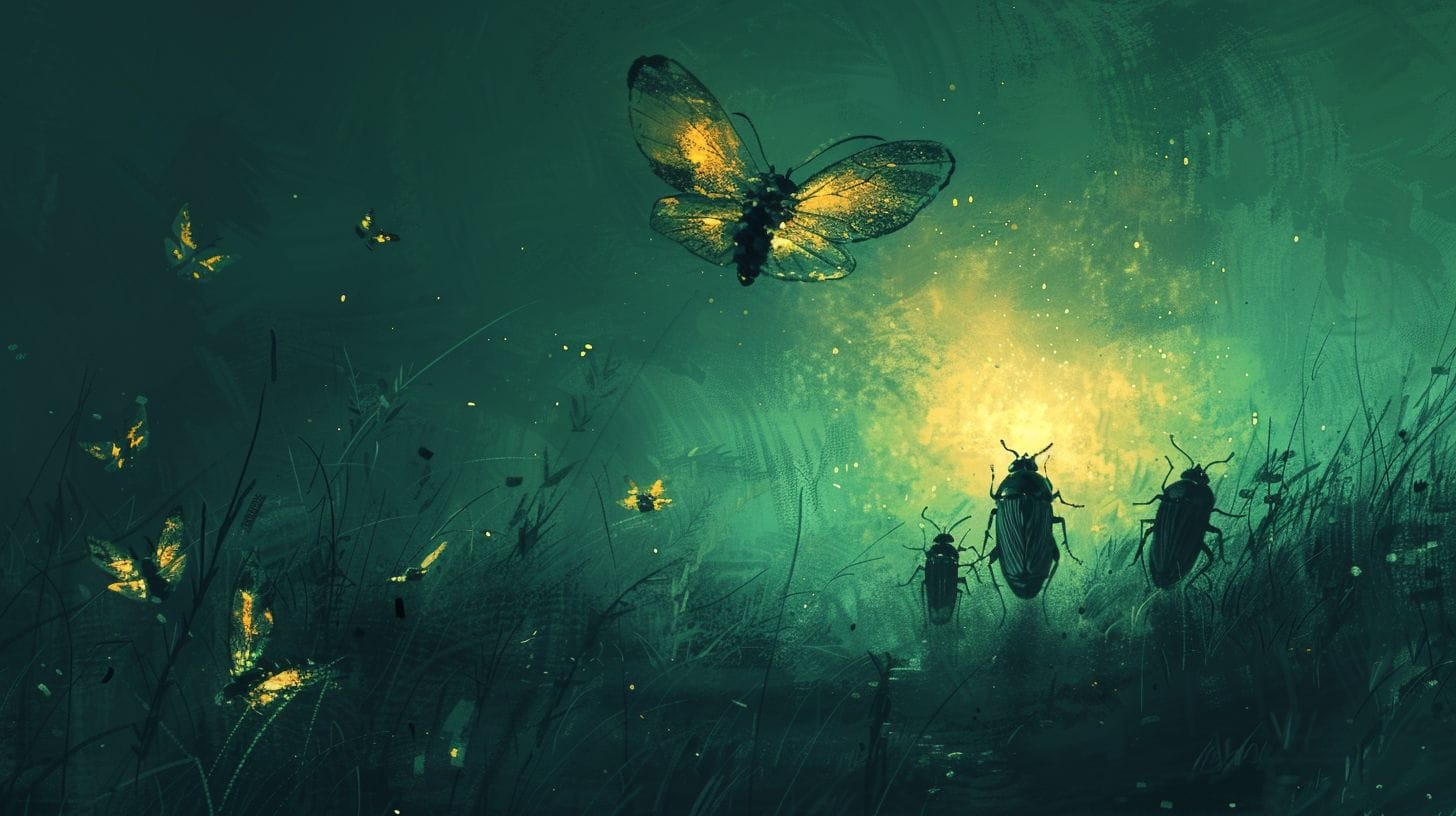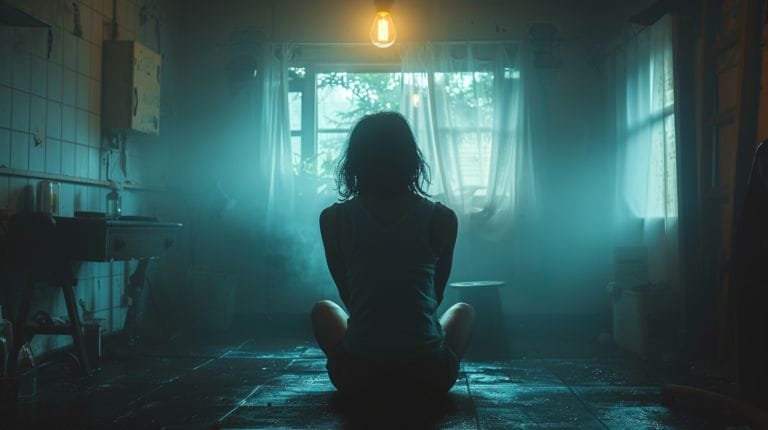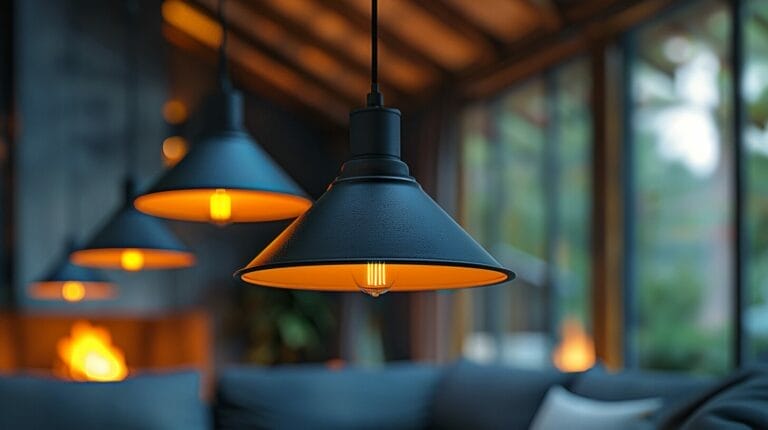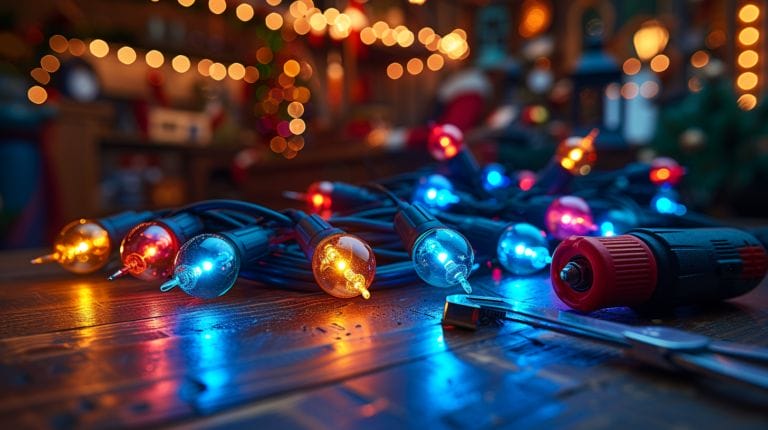Bugs Attracted To LED Light: The Science of Bug Attraction
LED lights can attract up to 50% fewer bugs than traditional incandescent bulbs. This article delves into the science behind bug attraction to LED lights, offering practical strategies to minimize this occurrence by understanding how different bugs respond to the visible spectrum.
Get ready to unravel the mysteries of bug behavior with our Bugs Attracted To LED Light topic. And discover how you can create a bug-free environment with your LED lighting choices.
Key Takeaways
- LED lights attract fewer bugs than incandescent bulbs due to emitting UV light.
- Bug behavior is influenced by the color temperature and design of LED lights.
- Managing bug attraction involves strategic placement of bug zappers and shields for LED lights to deter bugs around these areas.
- The environmental impact of LED lights on insects necessitates a balance between sustainability and ecological preservation.
Understanding the Attraction of Insects to Light
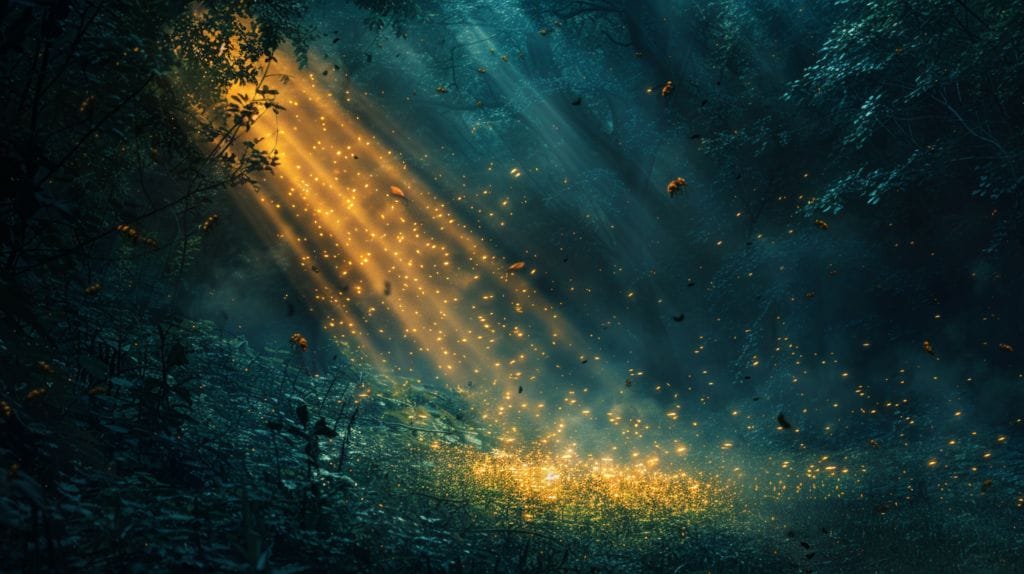
Studying the attraction of insects to light reveals intriguing insights into their navigation. Insects utilize light in unique ways, with some being more attracted to specific wavelengths. One key factor in bug attraction is the presence of ultraviolet (UV) light. This high-energy light source entices insects—equipped with photoreceptors sensitive to UV light—to be more active at times of day when UV light is prevalent, such as dawn and dusk.
Additionally, certain light sources with high blue content also significantly attract insects. Bugs naturally gravitate towards light sources emitting a high proportion of blue light. This preference can be attributed to many insects perceiving blue light as a sign of open space or a clear path for flight.
By understanding the relationship between insects and different light wavelengths, we can design lighting systems that balance effective illumination and environmental friendliness, using spectrum ranges away from what insects are attracted to.
Comparing LED Lights and Incandescent Bulbs in Bug Attraction

LED lights and incandescent bulbs attract bugs differently due to their unique light spectrums. LEDs emit light in a specific range of wavelengths, including UV light, which is highly appealing to bugs such as moths and beetles.
However, traditional incandescent bulbs don’t emit as much UV light, making them less attractive to insects. The color temperature of the light produced by these bulbs also affects bug attraction. LED lights can emit different colors, each influencing insect behavior differently. For example, insects tend to be more attracted to warmer hues.
Practical Tips to Keep Bugs Away from LED Lights
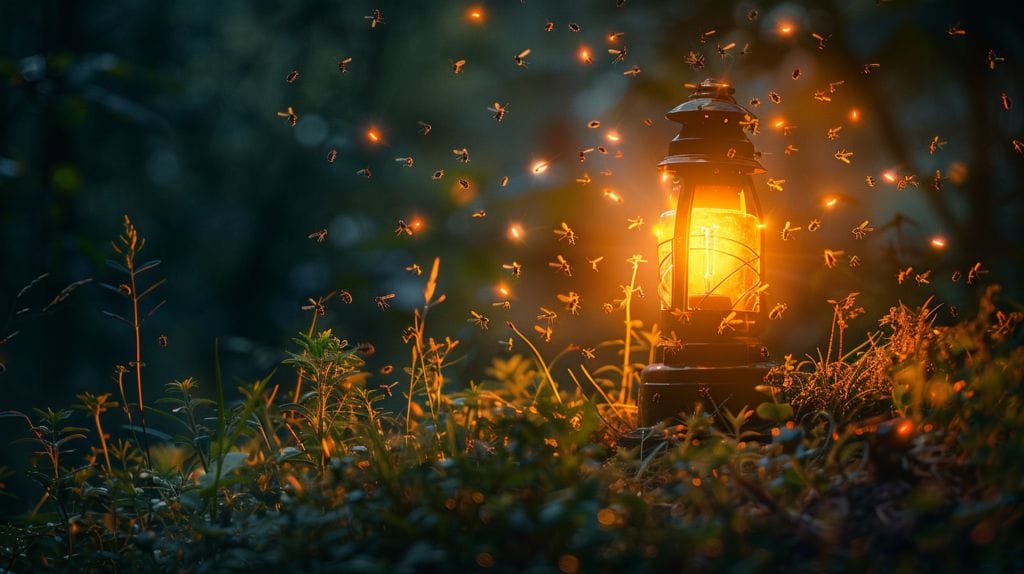
Utilizing bug zappers in conjunction with proper positioning and shielding techniques can effectively keep bugs away from LED lights. Bugs are more attracted to LED lights with higher wavelengths, such as blue and violet hues.
Opting for LED lights with lower color temperatures, such as warmer yellows and oranges, can help minimize bug attraction. Incorporating bug repellents containing ingredients like citronella or eucalyptus can also deter bugs, creating a barrier that bugs find unappealing.
Managing Outdoor Spaces: Reducing the Attraction of Insects to Porch Lights
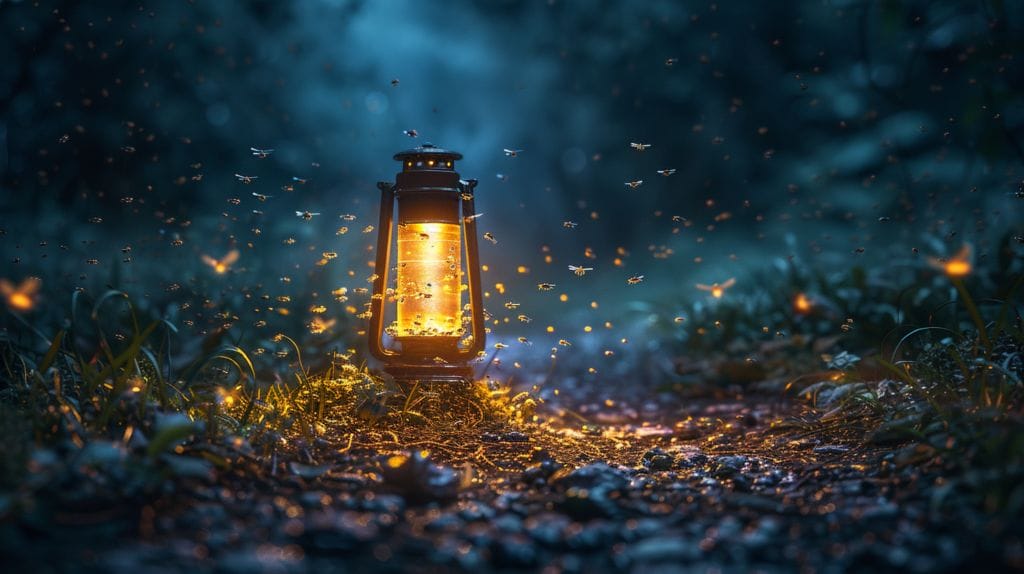
Managing outdoor spaces requires strategic measures to minimize the attraction of insects to porch lights. Consider the following approaches:
- Switch to Bug Lights: Bug lights specifically designed to emit less attractive wavelengths to insects can be an effective strategy for drawing different bugs away from certain areas.
- Adjust Light Intensity: Opt for lower-intensity LED bulbs for porch lights, as these tend to attract fewer insects.
- Choose High Color Rendering Index (CRI) Bulbs: Select LED bulbs with a high CRI for outdoor lighting to ensure they emit a spectrum of light less attractive to bugs.
- Consider Motion Sensor Lights: Install motion sensor lights that only activate when movement is detected, potentially keeping bugs away from lights.
Is the Flickering of LED Lights Attracting Bugs?
The phenomenon of LED light flicker on camera has sparked some interesting discussions regarding its potential impact on bug attraction. Some studies suggest that the flickering of LED lights can indeed attract bugs, as they are sensitive to the rapid fluctuations in light intensity. However, more research is needed to fully understand this relationship.
LED Lights and the Environment: The Impact on Bugs and Insects
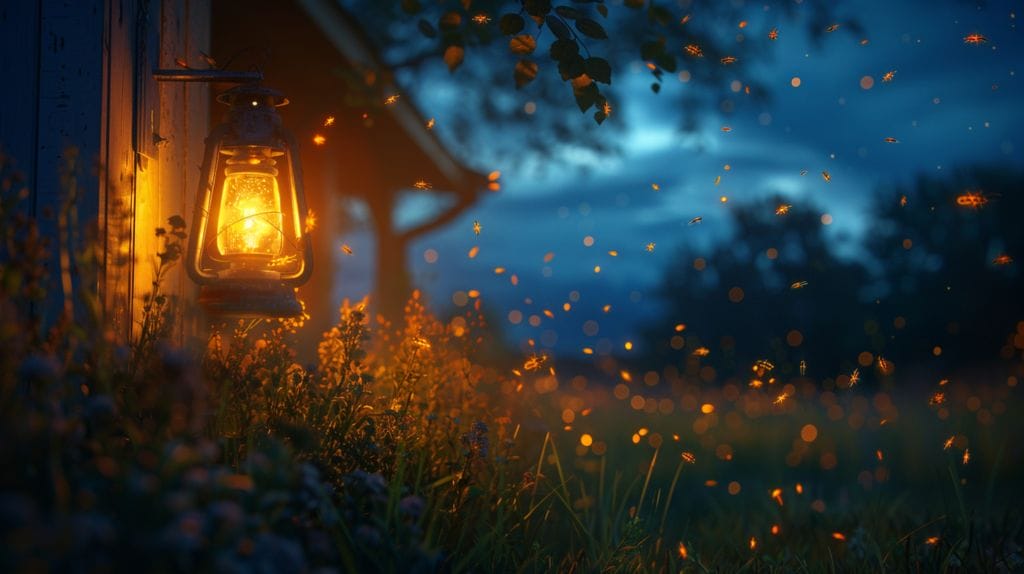
LED lights emit a different spectrum of light compared to traditional bulbs, affecting how insects perceive and interact with their surroundings. This change can disrupt natural behaviors, such as foraging and mating patterns.
As we embrace energy-efficient lighting solutions, it’s crucial to consider the unintended consequences on insect life and find a balance between sustainability and minimizing ecological disruptions.
Conclusion
In conclusion, understanding why bugs are attracted to LED lights can help us mitigate their presence. By comparing different types of lights, implementing practical tips, and managing outdoor spaces effectively, we can reduce the attraction of insects to our surroundings.
It’s important to consider the impact of LED lights on the environment and make conscious choices to minimize any negative effects on bugs and insects. Let’s continue to find ways to coexist peacefully with these fascinating creatures.
Frequently Asked Questions
How do LED lights attract bugs?
LED lights attract bugs due to their strong emission of blue and ultraviolet light, which are signals that insects use to navigate and find food sources.
Why are bugs attracted to light bulbs?
Bugs are attracted to light bulbs because they mistake the artificial light for natural light sources, such as the moon and stars, which they use for navigation.
Do different types of lights attract bugs differently?
Yes, different types of lights attract bugs differently. For example, LEDs and fluorescent lights with higher levels of ultraviolet light tend to attract more bugs compared to incandescent light bulbs, highlighting the need to consider the spectrum of light for navigation by insects.
How can I attract fewer bugs with my lighting?
To attract fewer bugs with your lighting, opt for bulbs with warmer colors or longer wavelengths, as these are less attractive to many insects.
Are bugs more likely to be attracted to white light?
Yes, bugs are more likely to be attracted to white light, especially if it contains a higher amount of blue light, as this color is more appealing to many insects.

